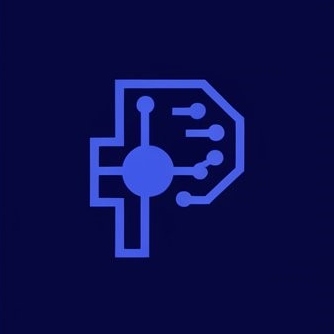· 3 minutos de lectura
How to Start Using Artificial Intelligence with RAG Models Trained on Documents
Learn how to use RAG models with personalized documents and discover how to easily apply AI to your projects. 🚀

Artificial intelligence (AI) has become a powerful tool for transforming business processes, improving efficiency, and offering customized solutions. However, many companies face challenges in adopting AI due to its technical complexity or high initial costs. One accessible way to integrate AI is through Retrieval-Augmented Generation (RAG) models trained on basic business documents.
In this blog, we will explore what RAG training is, some basic use cases, and how to implement it effectively in your organization.
What is the RAG Model and Why Use It?
The RAG model combines two main steps:
Retrieval: Extracts relevant information from a set of documents or databases.
Generation: Uses AI to process that information and generate personalized responses.
RAG training is ideal for companies that manage documents such as manuals, internal policies, or knowledge bases, as it allows automating responses to queries and improving internal processes without the need for large investments.
Basic Use Cases for RAG Training
Implementing RAG models in your company can start with simple yet impactful tasks. Here are some use cases:
Frequently Asked Questions (FAQs)
Imagine a model trained on your product’s user manual. Customers can get quick answers to common questions without relying on a human agent. This reduces wait times and optimizes the resources of the support team.
Access to Internal Information
A RAG model can be trained on internal policies, operational guides, or human resources documents, making it easier for employees to find answers to frequent queries.
Regulatory or Legal Support
Training a model with legal or compliance documents allows for immediate and accurate responses, speeding up decision-making and reducing the risk of errors.
Automated Summaries
A RAG model can process financial data or sales reports and generate clear, concise summaries for decision-making, reducing the time needed for manual analysis.
Internal Training
Train the model with training materials to answer questions during the onboarding process for new employees or in continuous development programs.
How to Train a RAG Model with Documents
The training process is simple if a structured approach is followed:
Document Collection: Identify a set of relevant and organized documents, such as manuals or internal policies.
Indexing: Use AI tools to index the documents, allowing the model to retrieve specific information.
Training: Provide practical examples (questions and answers) to adjust the model to your needs.
Testing: Evaluate its performance with real queries and adjust based on the results.
Deployment: Integrate the model into systems such as chatbots or internal platforms.
Key Performance Indicators (KPIs)
It is essential to measure the impact of the model in both technical terms and business benefits.
Practical Tips for Implementation
Start with a Few Documents: Reducing initial complexity ensures faster adoption.
Evaluate Continuously: Use user feedback to adjust the model.
Update the Data: Ensure the documents used are always up to date.
Train the Team: Teach employees how to use and take advantage of the tool.
Implementing RAG models trained with basic documents is an excellent way to start integrating artificial intelligence into your business. By automating simple tasks like frequently asked questions or internal searches, you can improve operational efficiency and offer better service to customers and employees.
With an iterative approach and clear objectives, this method not only optimizes your processes but also prepares you to adopt more advanced AI solutions in the future. Now is the time to take the first step toward digital transformation!
Start now in the era of Artificial Intelligence
Learn how AI can transform your business and take you to the next level.

 USA-EU
USA-EU LAT
LAT PO
PO